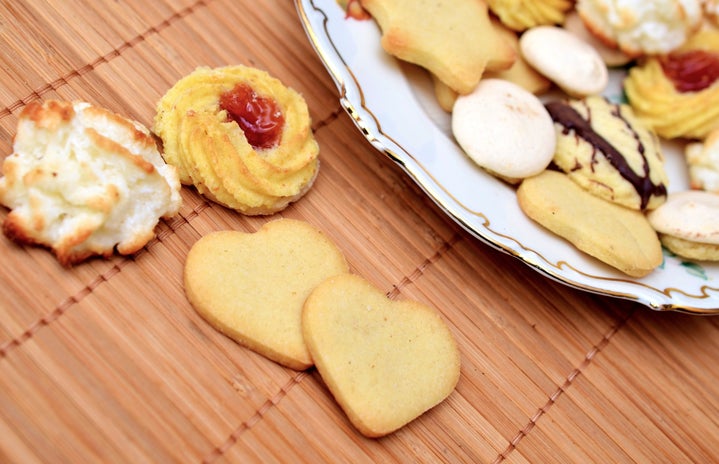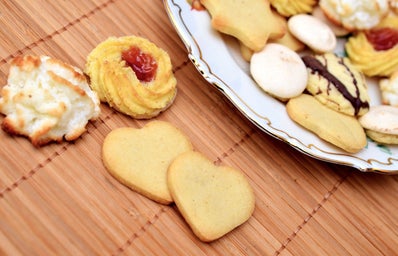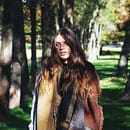Hanukkah is the most recognized Jewish holiday by far, yet still many people don’t really know what it’s all about. There are many questions surrounding the famous “Festival of Lights”. Why do people light candles? Why so much fried food? Does this mean we need to find Adam Sandler funny? For anyone who doesn’t have a Jewish friend to berate with questions, here’s a list that can help with your confusion.
It’s really not that big of a deal
Thought it’s one of the only Jewish events that most non-Jews are familiar with, Hanukkah is really not that religiously important. It’s actually officially considered a festival celebration, not even a holiday. The Festival of Lights was a minor festival in the Jewish calendar for much of history, but became popular due to its proximity to Christmas and its subsequent commercialization. Yet, just because it’s not as religiously significant as the Yom Kippur or Passover holidays, that doesn’t mean it’s not important to many Jews around the world.
When is it exactly?
All Jewish holidays follow the Jewish calendar. There is confusion around this because unlike the modern “Gregorian” calendar we’re used to using, the Jewish calendar follows a lunar cycle. That means Hanukkah starts on a different day each year. For Example, in 2017, Hanukkah was from December twelfth to the twentieth. In 2018, it’s December second to the tenth. Also, all Jewish holidays begin on the eve or sundown. So even if Hanukkah starts on the second, the first full day of Hanukkah is the third. Yes, sometimes it feels as if they’re trying to make it as confusing as possible.
“They tried to kill us, we survived, let’s eat”
Like many other Jewish holidays, the Hanukkah follows the framework of “they tried to kill us, we survived, let’s eat.” The Hanukkah story goes that in ancient times, the Syrian king Antiochus sent soldiers to Judea territory. The soldiers destroyed the Jewish holy temple and dedicated it to Greek gods. Then, a Jewish resistance movement called the Maccabees, lead by Judah Maccabee started fighting their Syrian oppressors. The myth states that though the Maccabees were outnumbered, they beat the Syrians and regained control of their land.
Speaking of eating – LATKES
The food of Hanukkah is probably the best part. Fried food is king of the menu. Latkes are the most iconic food of Hanukkah. They are fried grated potatoes, closely resembling hashbrowns. On this special time of year, there’s no shame in eating only greasy fried potatoes for your entire meal. Traditional toppings for latkes are sour cream and applesauce. It may sound weird, but don’t knock it until you try it. On top of that calorie load, jelly filled doughnuts called sufganiyot are also a classic favourite.
What’s a Menorah?
Another part of the Hanukkah story states that after the reclamation of the temple, the Jewish people light a holy light. Yet, they only had enough oil to last for one night. Miraculously, the oil burned for eight nights. This miracle is symbolized by lighting the menorah (technically referred to as a Hanukkiah). Every night, after saying a set of prayers, families lights the menorah candles from left to right adding another candle each day until all eight candles are lit. Many families will keep their menorah in a front-facing window, to show everyone the miracle of the light.
What’s the deal with gifts?
Many people believe that Hanukkah gift-giving is just a product of the Christmas pressure, but that isn’t quite true. Hanukkah has an age-old custom of giving gelt – the Yiddish word for money. Traditionally, gelt was given to children for them to give to a good cause, as a lesson on tzedakah or charity. While this custom still exists in some orthodox communities, much of the world has changed to the gift-giving we’re familiar with. For those wondering, no, most kids do not get a present every night.
And Dreidels?
The game of dreidel is a staple for many Jewish kids. Most non-Jews have seen the four sided top before, but here’s what it symbolizes and how to play. Each side has a Hebrew letter on it symbolizing the first letters of the phrase (A Great Miracle Happened There) aka the miracle of the Hanukkah story. To play, you gather in a circle and each player gets 10 to 15 pieces of chocolate “gelt” (or any other tradable item). Then each person puts one piece in the middle “pot”. Each side of the dreidel corresponds with an action. Letter “gimmel” means you take all the pieces in the pot. Letter “hey” means you take half of the pot. Letter “nun” means nothing happens and the next person spins. Letter “shin” means you add a piece to the pot. If you have no more pieces, you’re out and the last person standing wins!



